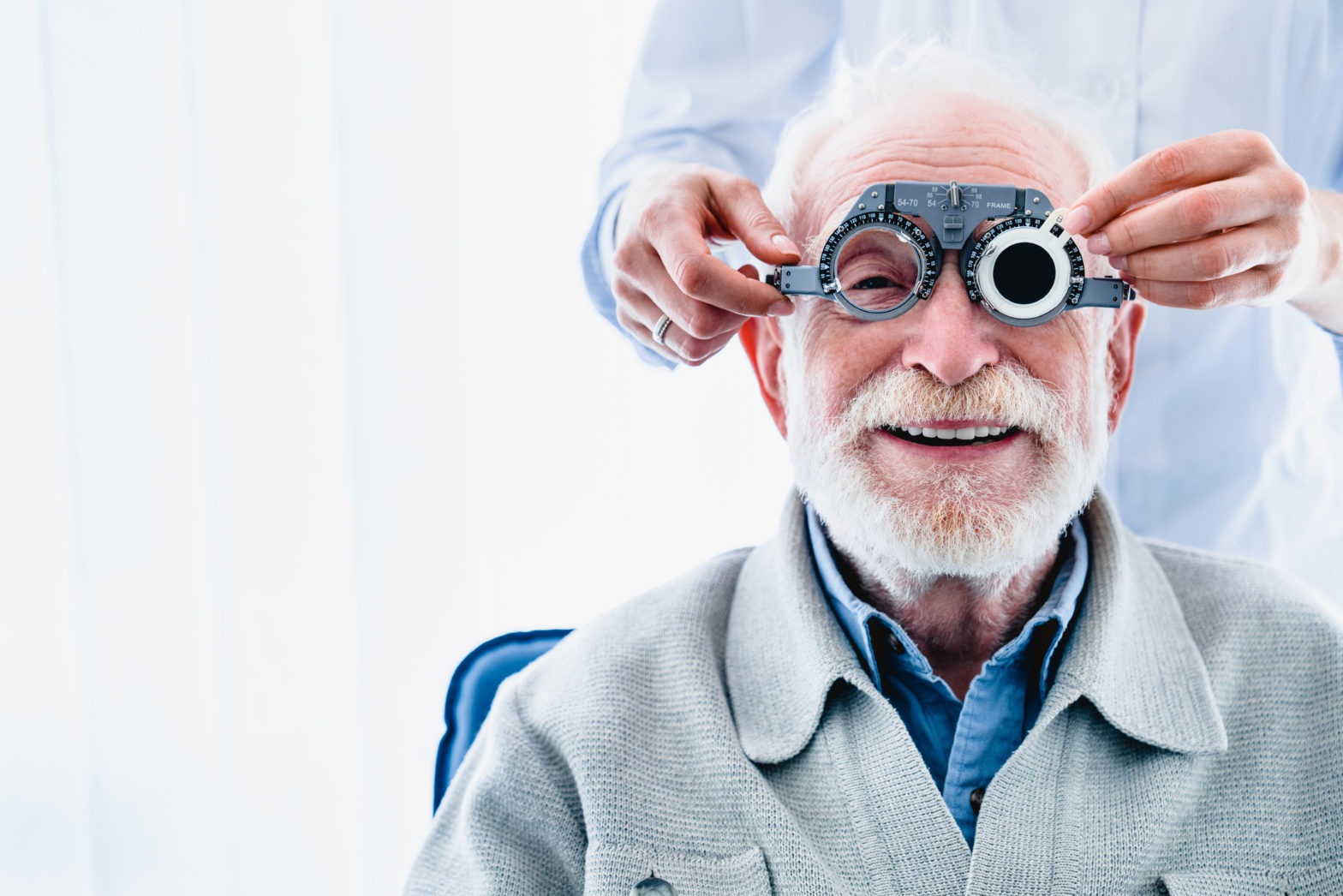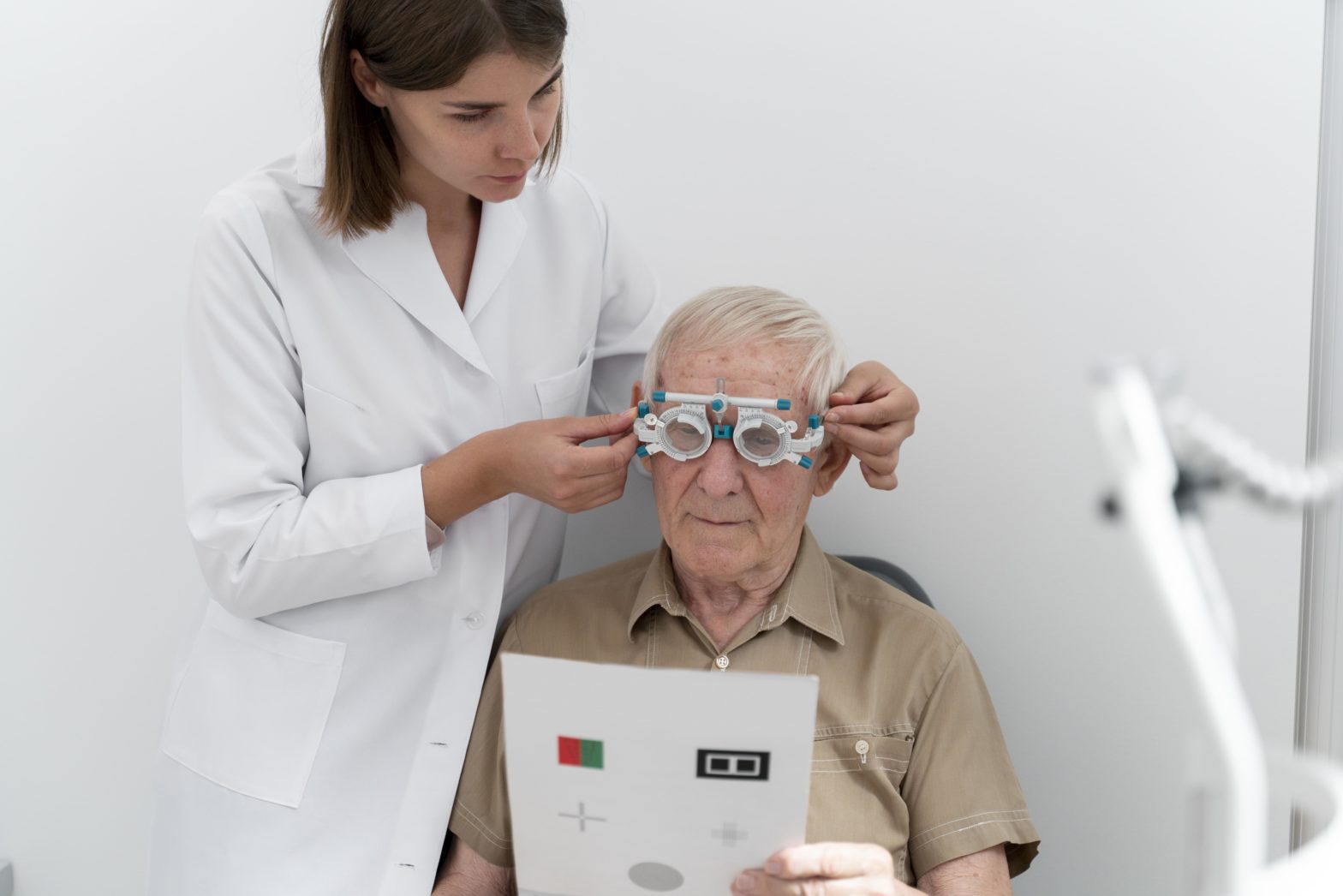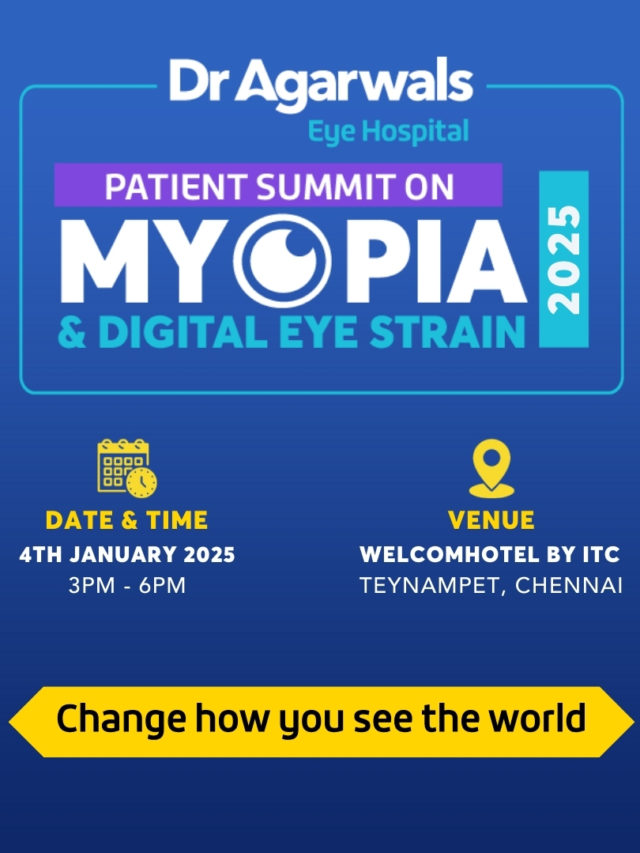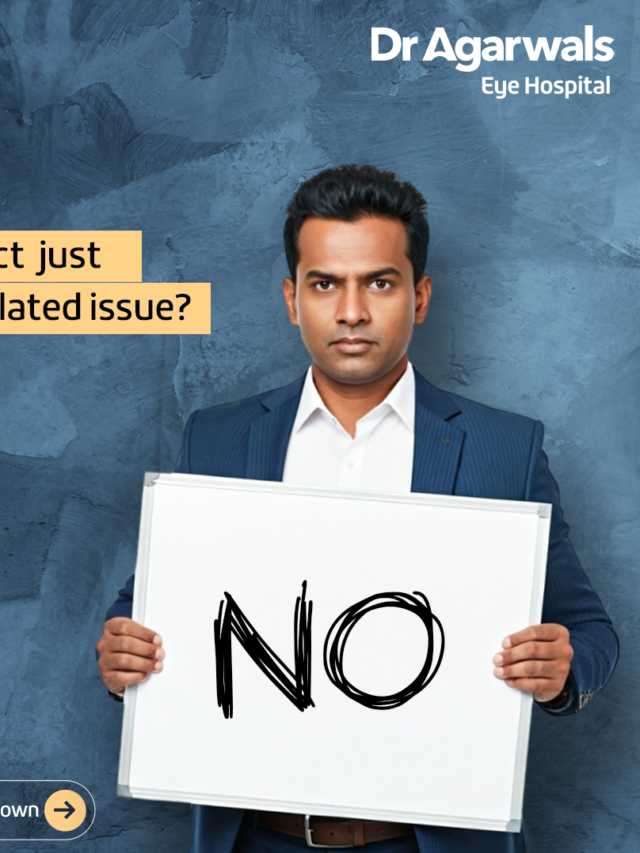Eyes are often described as the window to the soul, but they’re also one of the most sensitive and important organs in the body. Protecting them is crucial, and when it comes to everyday eye care, eye drops play a pivotal role. From providing quick relief to treating chronic conditions, these small bottles carry powerful solutions. But how much do you really know about the types of eye drops available and their uses? This blog dives deep into the fascinating world of eye drops, shedding light on their role in maintaining optimal vision health.
Why Are Eye Drops Essential?
In today’s fast-paced digital age, eyes are subjected to a significant amount of strain. Hours spent staring at screens, exposure to pollutants, and even natural aging can take a toll on your eye health. That’s where eye drops come in—acting as mini miracles to address discomfort, prevent complications, and even treat medical conditions.
Whether you’re looking for relief from dryness or treating serious issues like glaucoma, eye drops offer a wide range of solutions tailored to specific needs. Let’s break down the different types of eye drops and how they work.
1. Artificial Tears: A Soothing Oasis for Dry Eyes
One of the most commonly used types of eye drops, artificial tears, are a lifesaver for those dealing with कोरड्या डोळ्यांचा सिंड्रोम. Whether due to prolonged screen time or underlying conditions like Sjögren’s syndrome, dry eyes can cause discomfort, itching, and redness.
Uses:
- Relieving dryness and irritation
- Lubricating the eyes for better comfort
- Protecting the eye surface from damage
Key Ingredients: Most artificial tears contain water, electrolytes, and lubricating agents like carboxymethylcellulose or hyaluronic acid. Some varieties also have lipids to lock in moisture.
When to Use:
- While working long hours in front of screens
- In dry environments or during travel
- As part of daily eye care if you experience persistent dryness
2. Antihistamine Eye Drops: The Allergy Busters
For those prone to seasonal allergies, eye drops with antihistamines can bring relief from itchy, red, and watery eyes caused by allergens like pollen or dust.
Uses:
- Reducing itching and redness
- Treating watery eyes triggered by allergies
How They Work: These eye drops block histamine—the chemical that causes allergic reactions—providing quick relief.
Pro Tip: Pair antihistamine eye drops with oral allergy medications for a double defense against allergy symptoms.
3. Antibacterial and Antibiotic Eye Drops: Fighting Infections
Bacterial infections like conjunctivitis (pink eye) can cause discomfort and vision issues if left untreated. Antibacterial and antibiotic eye drops are prescribed to kill or inhibit the growth of bacteria.
Uses:
- Treating bacterial conjunctivitis
- Addressing styes and other minor infections
Key Ingredients: Common antibiotics used in eye drops include tobramycin, ciprofloxacin, and erythromycin.
Important Note: These drops should only be used when prescribed by an eye doctor to avoid antibiotic resistance.
4. Anti-Inflammatory Eye Drops: Calming Irritation
Inflammation of the eyes can be caused by conditions like uveitis, keratitis, or even post-surgical recovery. Anti-inflammatory eye drops, which may be steroidal or non-steroidal, help reduce swelling and pain.
Types:
- Steroid eye drops: Used for severe inflammation (e.g., after surgery or for autoimmune conditions)
- NSAID eye drops: Used for mild inflammation (e.g., after cataract surgery)
Uses:
- Reducing redness and swelling
- Alleviating pain and irritation
Caution: Long-term use of steroid eye drops can lead to complications like increased intraocular pressure or cataracts. Always follow your doctor’s instructions.
5. Glaucoma Eye Drops: Controlling Eye Pressure
Glaucoma is a serious condition characterized by elevated intraocular pressure, which can damage the optic nerve and lead to vision loss if untreated. Eye drops are a frontline defense in managing this condition.
Types and Mechanisms:
- Prostaglandin analogs: Increase fluid drainage (e.g., latanoprost)
- बीटा-ब्लॉकर्स: Reduce fluid production (e.g., timolol)
- अल्फा ऍगोनिस्ट: Decrease fluid production and improve drainage (e.g., brimonidine)
- Carbonic anhydrase inhibitors: Reduce eye fluid production (e.g., dorzolamide)
Importance of Compliance: Regular and consistent use of glaucoma drops is crucial to prevent irreversible damage to your vision.
6. Redness-Relieving Eye Drops: The Quick Fixers
If you’ve ever woken up with red, bloodshot eyes, you know how unsettling it can be. Redness-relieving eye drops provide a quick solution by constricting the blood vessels in the eyes.
Common Ingredients:
- Tetrahydrozoline
- Naphazoline
Caution: Overuse of these drops can lead to rebound redness, where the eyes become more irritated and dependent on the drops for relief. Use them sparingly.
7. Preservative-Free vs. Preserved Eye Drops: Which Should You Choose?
When selecting eye drops, it’s important to consider whether you need preservative-free options. Preservatives are added to some eye drops to extend their shelf life, but they can irritate sensitive eyes or worsen conditions like dry eye syndrome.
When to Choose Preservative-Free:
- If you have sensitive eyes
- If you use eye drops frequently (e.g., more than 4 times a day)
Tips for Proper Use of Eye Drops
Using eye drops effectively is essential for maximizing their benefits. Follow these tips to ensure you’re getting the most out of every drop:
- Wash your hands: Always clean your hands before applying eye drops to avoid infections.
- Avoid touching the dropper tip: This prevents contamination.
- Tilt your head back: Gently pull down your lower eyelid to create a pocket.
- Apply one drop at a time: Wait a few minutes between drops if you’re using more than one type.
- Close your eyes gently: Don’t squeeze them shut—this could push the medication out.
When Should You See an Eye Doctor?
While over-the-counter eye drops can be effective for minor discomforts, persistent or severe symptoms require professional attention. If you experience any of the following, consult an eye specialist:
- Persistent redness or irritation
- Vision changes or blurriness
- Eye pain or sensitivity to light
- Symptoms that don’t improve with eye drops
Eye drops may be small, but their impact on eye health is significant. With options available for everything from temporary relief to long-term treatment, they offer a versatile and convenient solution for maintaining healthy eyes. However, it’s essential to use them responsibly and seek professional guidance when necessary. With proper care and attention, you can ensure that your eyes remain bright, clear, and healthy for years to come.









